Feeling overwhelmed by the extensive selection of leather varieties in today’s market? This comprehensive guide serves as your ultimate resource for making informed choices regarding various leather products. Each type of leather presents unique features specifically designed for different applications, ranging from the luxurious softness of calfskin to the exceptional durability of full-grain leather. By grasping the distinct traits and sources of high-quality leather, you can ensure that your selection not only enhances aesthetics but also improves the longevity and functionality of your items. Whether you’re in the market for shoes, jackets, or accessories, this guide will assist you in selecting the most appropriate leather type for your needs. Remember, selecting inferior leather can result in early wear and financial loss, so let’s delve into the various types and their ideal applications.
Explore Different Leather Types and Their Unique Characteristics
The vast selection of leather types available each comes with specific properties and applications, particularly in the realm of footwear manufacturing. Here’s an extensive overview of the attributes that distinguish each leather type:
| Leather Type | Main Characteristics |
|---|---|
| Full-grain | Unmatched quality, natural surface, ultimate durability |
| Top-grain | Refined sanded surface, good durability, budget-friendly |
| Split leather | Lower layer of hide, less durable, economical option |
| Nubuck | Sanded top surface, soft and velvety texture |
| Suede | Soft, fuzzy finish with limited water resistance |
- Grain quality plays a vital role in determining the longevity of leather.
- Surface texture significantly influences both visual appeal and upkeep needs.
- Thickness is crucial in identifying the most suitable applications for distinct leather types.
Understand Common Leather Types for Informed Choices
When selecting leather that meets your specific requirements, understanding the common varieties and their best uses is essential:
| Type | Best Use |
|---|---|
| Calfskin | Perfect for elegant dress shoes and high-end accessories |
| Cowhide | Best suited for robust boots and heavy-duty items |
| Pigskin | Ideal for cost-effective accessories |
| Sheepskin | Excellent for soft goods and warm linings |
| Goatskin | Commonly used for gloves and lightweight accessories |
Dive into Exotic Leather Varieties and Their Special Features
The intriguing world of exotic leathers reveals a variety of unique characteristics and captivating visual elements:
| Type | Properties |
|---|---|
| Alligator | Luxury items noted for exceptional durability |
| Ostrich | Renowned for its distinctive pattern and buttery soft texture |
| Stingray | Famous for extreme durability and a unique, textured finish |
| Python | Flexible with distinctive scales that add a unique character |
| Lizard | Characterized by fine texture and intricate patterns |
Products made from bonded leather consist of leather fibers combined with binding agents. Here’s what you should consider:
| Aspect | Detail |
|---|---|
| Composition | Constructed from leather fibers mixed with binding materials |
| Durability | Generally less durable than genuine leather alternatives |
| Cost | A budget-friendly option for cost-conscious consumers |
| Usage | Commonly found in furniture and various accessories |
| Care needs | Requires minimal maintenance to maintain its appearance |
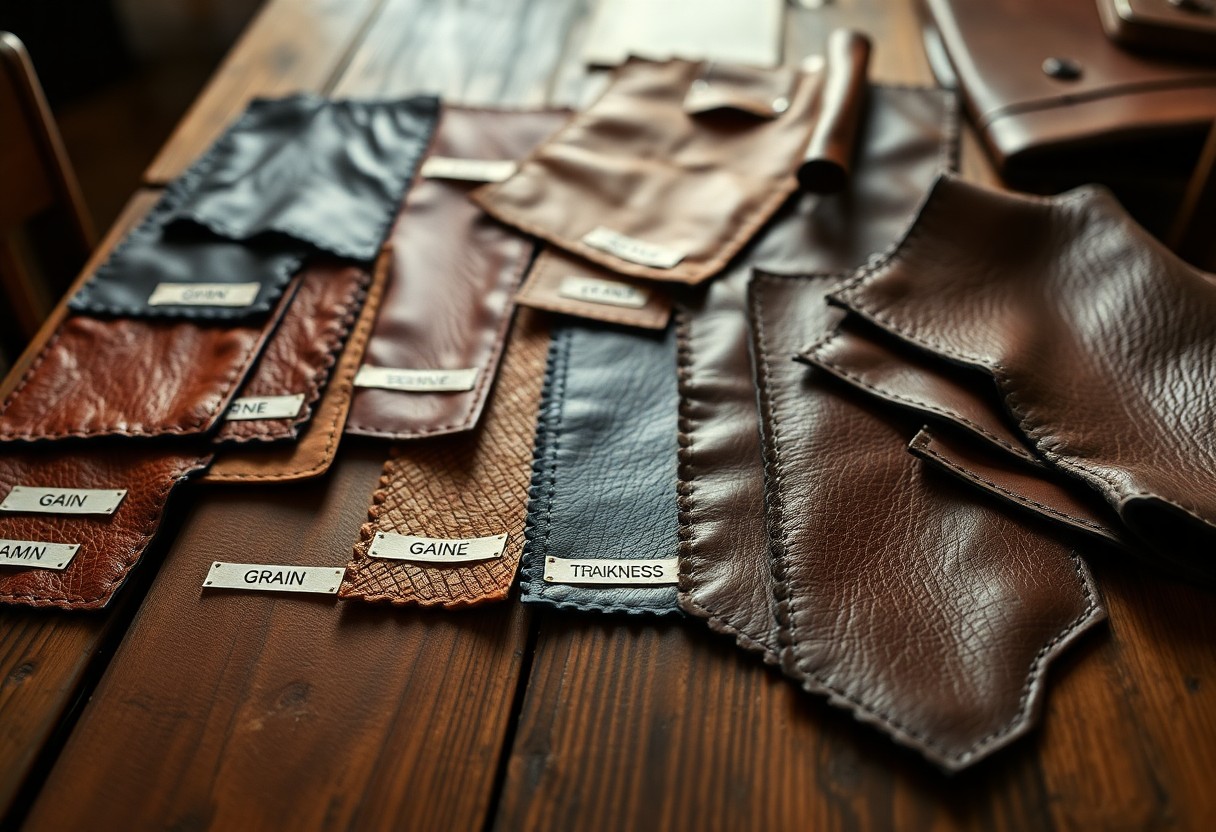
Key Factors Affecting the Quality of Leather Products
While numerous elements can influence leather quality, the main factors include animal source, hide preservation, tanning process, and finishing techniques. The durability and aesthetic appeal of your leather products heavily depend on these factors working together seamlessly. Understanding these elements empowers you to make informed decisions when selecting leather items that align with your needs.
Evaluating Leather Quality Based on Animal Source
One of the most significant determinants of leather quality is its animal source. The characteristics of your leather are intricately related to the age, breed, and living conditions of the animal from which it is derived. For instance, calfskin is celebrated for its exceptional softness and flexibility, making it ideal for luxury items, while the more rugged texture of full-grown cattle hide offers durability for everyday use. Additionally, exotic leathers sourced from crocodiles provide unique textures and remarkable durability, making them highly sought after in luxury markets.
The Crucial Role of the Tanning Process in Leather Quality
The tanning process is vital as it transforms raw hides into usable leather through various chemical treatments. For example, chrome tanning results in softer, more flexible leather, whereas vegetable tanning produces firmer and more natural leather options. The quality of the finished leather product is significantly influenced by the expertise and precision applied during the tanning process. Moreover, the duration and temperature control throughout tanning are crucial for ensuring the leather maintains its integrity. Inconsistencies in these processes can lead to weak spots and uneven coloring, while rushed methods may produce leather that deteriorates prematurely.
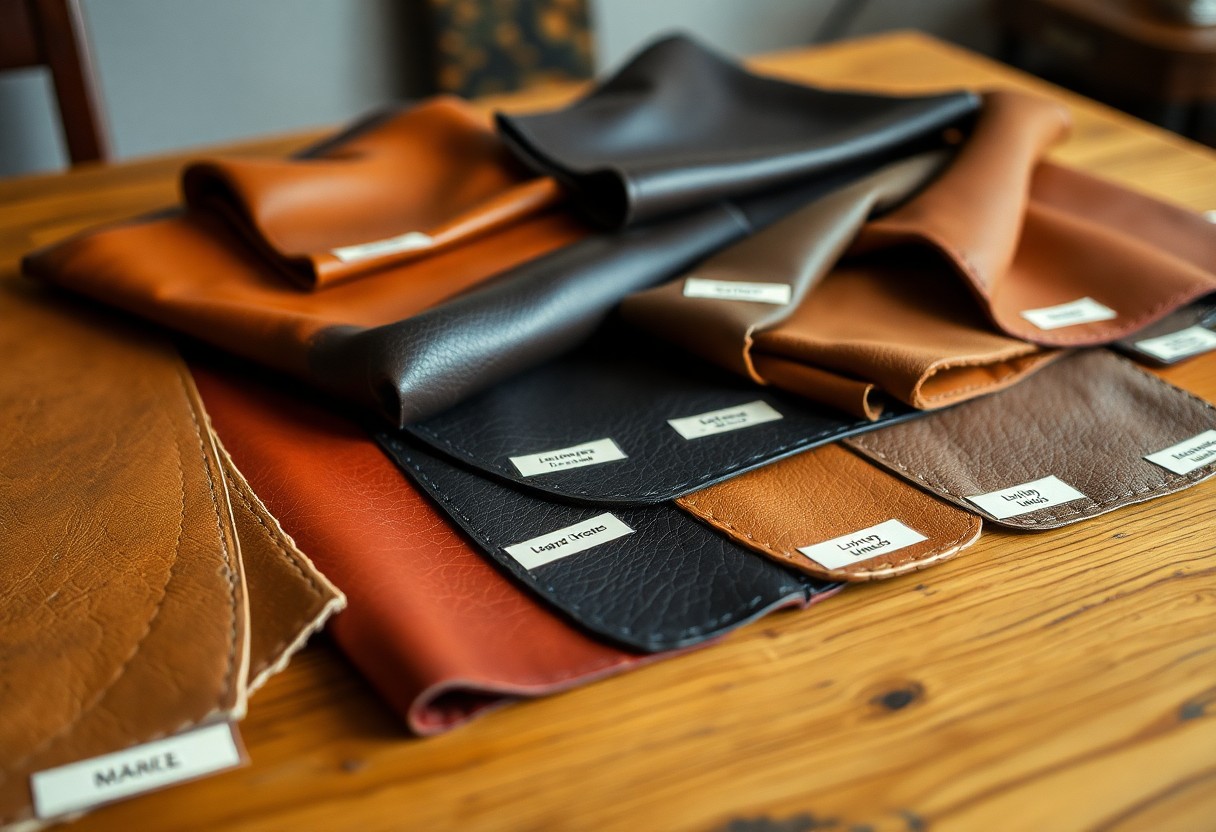
Essential Tips for Identifying High-Quality Leather
When evaluating leather quality, keep these vital guidelines in mind. Look for full-grain leather that showcases a consistent color and minimal surface imperfections. Pay close attention to the grain pattern to ensure it appears natural and uniform. Quality leather is typically characterized by a pleasant aroma and should feel smooth to the touch. Additionally, the edges should be clean and well-finished. While price can often serve as a reliable indicator of quality, it should never be the sole factor influencing your decision.
Conducting a Thorough Visual Inspection for Quality Assessment
When examining leather, even the smallest details can indicate significant differences in quality. Look for natural markings and avoid leather that displays artificial grain patterns. Your leather should exhibit a uniform color throughout, free from noticeable discolorations or patches. The surface should be devoid of excessive scratches or scars, as these can undermine both appearance and durability.
Utilizing Physical Testing Techniques to Gauge Quality
Quality testing can be conducted using straightforward yet effective methods. For example, bending the leather helps you assess its flexibility; watch for any creasing patterns that may suggest inferior quality. Gently pressing your fingernail into the leather surface should result in a temporary indentation, a hallmark of genuine leather. The leather should feel smooth and warm to the touch, rather than cold or plastic-like.
It’s crucial to understand that physical testing can reveal a wealth of information about leather quality. High-quality leather should not crack or develop white marks when bent. You can also perform a water drop test to assess authenticity—genuine leather will absorb water temporarily instead of allowing it to pool on the surface. A flame test, which should only be conducted by professionals, can further confirm the authenticity of the leather.
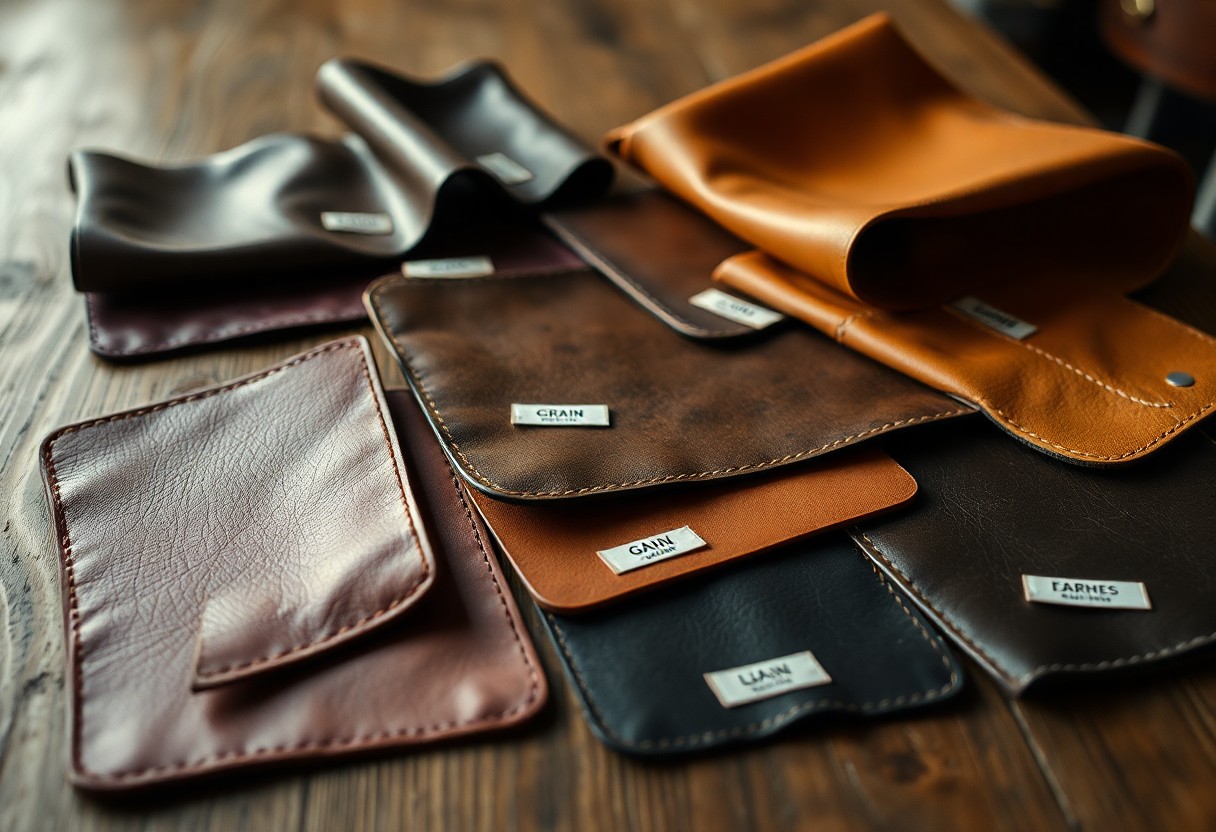
Your Complete Step-by-Step Guide for Optimal Leather Care
Unlike synthetic materials, leather requires specialized care to maintain its quality and extend its lifespan. Regular maintenance is essential for your leather items to prevent damage and sustain their visual appeal.
| Basic Care | Advanced Care |
| Leather cleaner Soft brush Microfiber cloth |
Leather conditioner Weather protector Leather polish |
Effective Cleaning Techniques for Maintaining Leather Goods
To clean your leather items effectively, begin with a dry brush to eliminate surface dirt. Always test any cleaning product on a small, inconspicuous area first. When applying leather cleaner, use a soft cloth and utilize gentle circular motions, ensuring not to saturate the leather with excessive water, which could lead to damage.
Proper Storage and Protection Techniques for Leather Items
When it comes to storing your leather goods, thoughtful consideration is essential. Ensure they are kept in a cool, dry place away from direct sunlight to prevent fading. It’s advisable to apply leather conditioner every 3-6 months to prevent cracking and maintain the leather’s natural suppleness.
The effectiveness of your leather care routine relies on consistent application. Protect your items from water damage by utilizing a high-quality waterproofing product. Regular conditioning helps maintain the leather’s natural oils, while proper storage practices help prevent shape distortion and color fading.
Thorough Analysis of the Pros and Cons of Different Leather Types
To facilitate informed decision-making regarding leather products, here’s a comprehensive comparison of various leather types and their characteristics. Each type presents unique advantages and limitations that affect their suitability for diverse applications.
| Pros | Cons |
|---|---|
| Full-grain leather: unparalleled durability | Higher price point, may display all natural marks |
| Top-grain leather: smooth finish, water-resistant | Not as durable as full-grain options |
| Split leather: affordable and flexible | Lower quality, less durable than alternatives |
| Nubuck: sophisticated appearance, soft texture | Requires regular maintenance to maintain its look |
| Suede: versatile and comfortable | Prone to staining, challenging to clean |
Evaluating Durability and Longevity Across Various Leather Types
There is considerable variability in how different leather types age and wear over time. Full-grain leather can endure for decades when properly cared for, while split leather may require replacement after just a few years of regular use due to its diminished durability.
Understanding Cost Factors in Leather Selection
Leather prices can vary significantly based on quality and source. Premium full-grain leather can be 5-10 times more expensive than split leather alternatives, making it crucial to balance your budget with the quality you desire.
It’s essential to recognize that investing in higher-quality leather often provides superior long-term value, as these materials maintain their appearance and structural integrity far longer than their lower-quality counterparts.
Adapting Maintenance Requirements to Leather Quality
There is a clear correlation between the quality of leather and its maintenance requirements. Top-grain and full-grain leathers generally require less frequent yet more specialized care, ensuring their characteristics and appearance are preserved through time.
Each leather type necessitates specific cleaning products and techniques. Your maintenance routine should align with the leather type you own to guarantee optimal preservation and longevity of your valuable investments.
Exploring the Diverse Uses and Applications of Leather
Now that you’ve gained insights into various leather types, you’ll find that each variety serves distinct purposes based on its unique properties and durability levels. The selection of leather can significantly impact the performance of the final product, making it vital to pair the right leather with its intended use.
Fashion and Accessories: The Flexibility of Leather
In the fashion industry, applications range from luxurious high-end goods to everyday essentials. For instance, calfskin is frequently used in premium shoes and handbags, while exotic leathers like crocodile and stingray are found in exclusive designer pieces. Your leather accessories could encompass wallets, belts, and watch straps, each crafted from specific leather types to guarantee optimal functionality and style.
Furniture and Upholstery: Emphasizing Durability
When selecting leather for furniture, full-grain and top-grain leathers are the most popular choices. Upholstered items made from these durable materials can withstand daily usage while developing a beautiful patina over time, enhancing their visual appeal.
When choosing leather for your furniture, various factors come into play. Consider durability ratings, as full-grain leather can last up to 25 years when properly maintained. The choice of leather affects both aesthetic quality and longevity, ensuring that your investment endures through the years.
Industrial Applications: The Need for High-Performance Materials
Industrial uses of leather call for high-performance materials. Specialized leather types are utilized in automotive interiors, protective gear, and heavy machinery components, where durability is paramount.
To guarantee optimal performance in these industrial settings, your leather choices must meet specific standards. Safety-rated leathers are employed in protective equipment, while specialized treatments improve resistance to heat, chemicals, and wear in industrial machinery.
Empowering Yourself to Make Educated Choices About Leather
With the knowledge you’ve acquired from this guide, you are now equipped to make informed decisions about the different types of leather that cater to your unique preferences. Understanding leather characteristics enables you to select the ideal material for your footwear and accessories. From the versatility of calfskin to the exceptional attributes of exotic leathers, you can now weigh durability, comfort, and style against your specific needs. Each leather type offers unique benefits, allowing you to align these attributes with your intended use. Whether you’re searching for durable boots made from cowhide or sophisticated dress shoes crafted from calfskin, you can confidently choose the perfect leather to complement your style.
Commonly Asked Questions About Different Leather Types
Q: How does calfskin differ from full-grown cow leather?
A: Calfskin is obtained from young cattle under one year of age, resulting in a softer, more supple texture with finer pores. In contrast, cow leather comes from adult animals, yielding thicker and sturdier leather with more pronounced markings. Calfskin is often favored for high-quality dress shoes, whereas cow leather is typically used for work boots and more economical footwear options.
Q: What sets shell cordovan apart among leather types?
A: Shell cordovan is derived from the muscle membrane located beneath the skin of a horse’s rump. This distinctive leather showcases specific traits: it does not crease but instead forms rolls, features a dense shiny surface, and is remarkably durable. The processing of this leather involves turning it inside out, which distinguishes it from conventional leather types.
Q: How do exotic leathers like crocodile and stingray differ in properties and uses?
A: Crocodile leather is soft, flexible, and obtained from the belly and sides of the animal, making it a luxurious choice that often necessitates CITES certification. Conversely, stingray leather is recognized for its extraordinary hardness and durability, but it can be more challenging to work with. Stingray shoes are typically crafted as wholecuts since the material allows for stitching only between its hard “pearls.”
The article Guide to the different types of leather characteristics and uses appeared first on My Shoes Finder
The Article Leather Characteristics: An In-Depth Guide to Its Uses

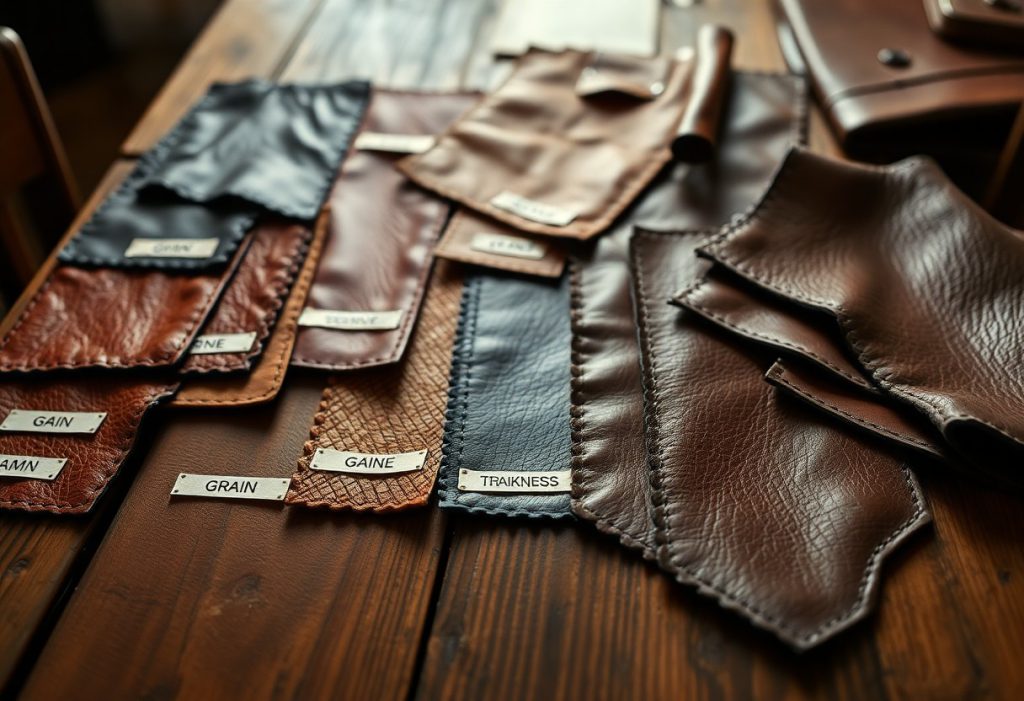
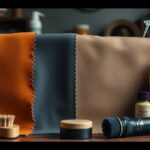
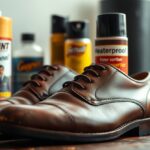

I really appreciate your breakdown of leather types! It’s fascinating how much thought goes into choosing the right material, especially since leather can significantly affect the lifespan and performance of our items. I recently invested in a pair of full-grain leather boots after learning about their durability, and I’ve been amazed at how they just get better with age.
This guide is such a timely resource, especially with the rise of fast fashion leading many to overlook the significance of high-quality leather. I’ve found that investing in a well-crafted leather jacket not only elevates my wardrobe but also serves as a sustainable choice, standing the test of time compared to cheaper options. I appreciate how you highlight the specific applications for various leather types—this nuanced understanding can truly bring more value to our purchases. I’m curious if you’ve explored how the ethical implications of sourcing, like environmental impact and animal welfare, play a role in our decisions today? It seems that as we become more conscious consumers, our choices could also reflect a broader commitment to sustainability. Looking forward to hearing more insights on this!
I really appreciate this guide on leather varieties—it’s something that often feels overwhelming, yet is so crucial for making thoughtful purchases. Personally, I’ve had my fair share of experiences where I opted for what looked good at first glance, only to be disappointed by the quality and durability down the line. For instance, I bought a trendy faux-leather jacket once, thinking it would be easier to maintain, but it ended up wearing out faster than I expected.
Your exploration of leather varieties is timely and essential, especially as consumers are becoming increasingly aware of sustainability and ethical sourcing. While the guide provides invaluable insights into the characteristics of different leathers, I think it would be interesting to delve deeper into the environmental impact of leather production. For instance, many luxury brands are now focusing on vegetable-tanned leather as a more eco-friendly option compared to conventional chrome-tanned leathers.